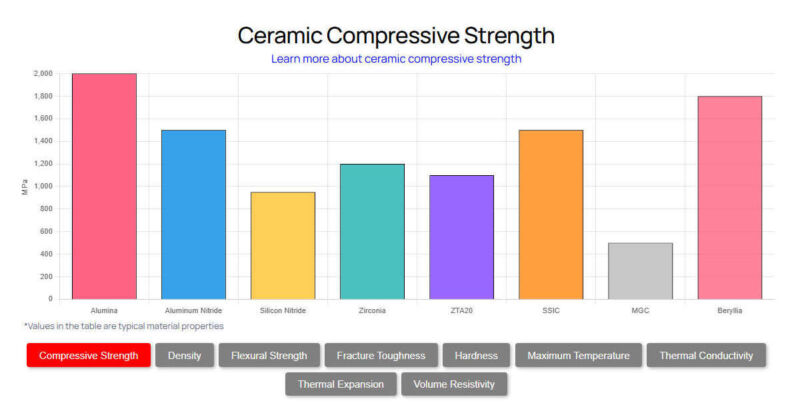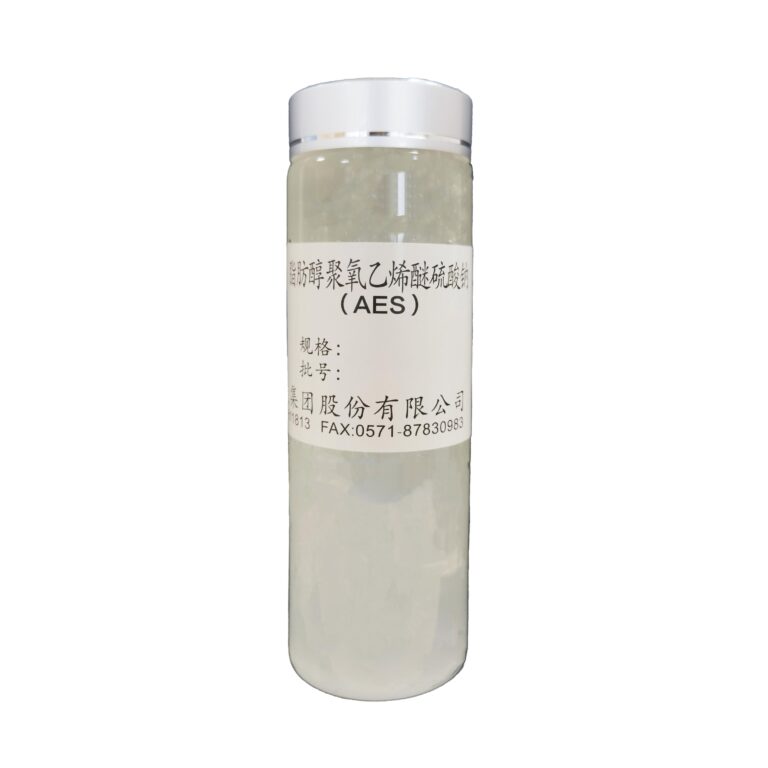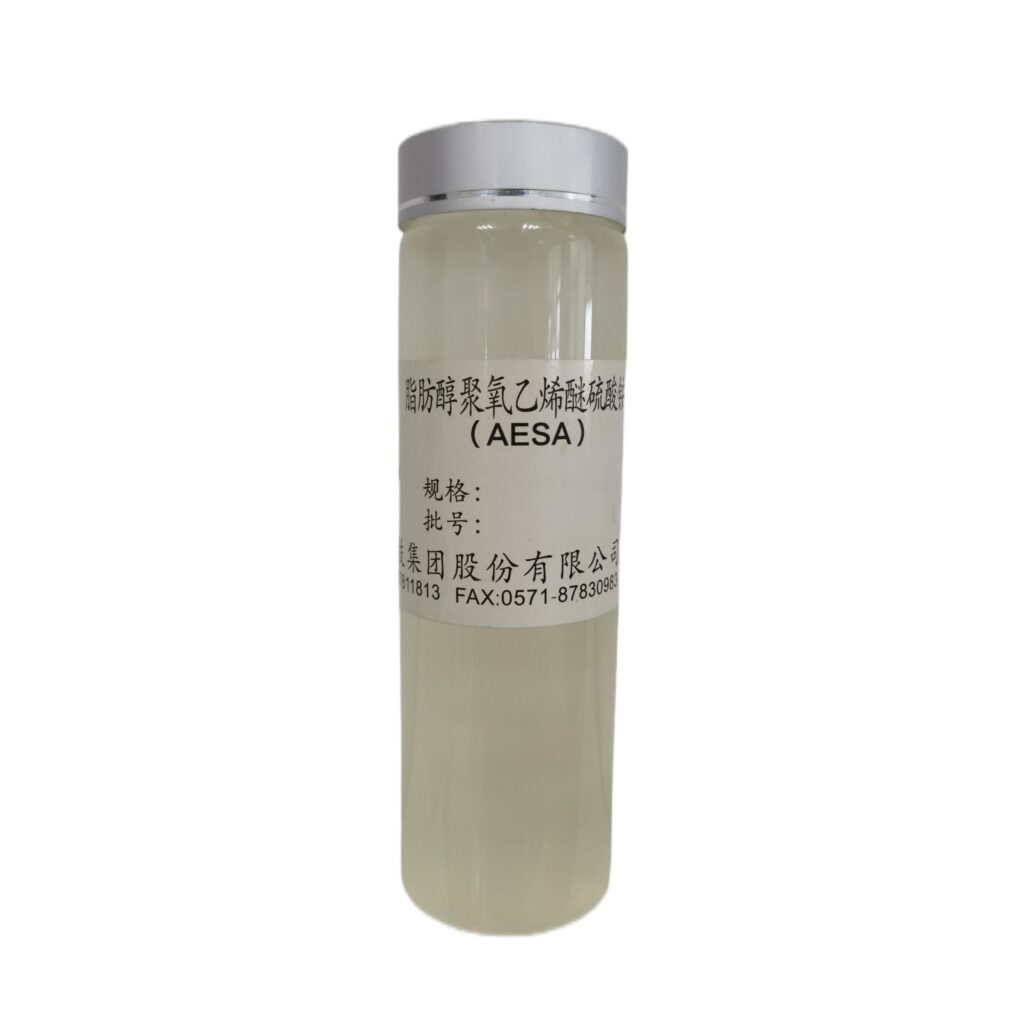The Importance of Thermal Shock Resistance
When considering materials for various applications, one significant aspect is the thermal shock resistance of ceramics. This property is essential, especially in settings where rapid temperature changes occur, such as in kitchens or industrial environments. Understanding the characteristics of thermal shock resistance can aid you in selecting the right ceramic materials that can withstand thermal stresses without cracking or breaking. In our daily lives, such materials find themselves residing within ovenware, insulators, and numerous other applications. As you explore ceramics, consider their performance in relation to your specific needs and environments.

The Role of Thermal Shock Ceramics
In the realm of ceramics, thermal shock ceramics stand out for their unique properties. These materials are specifically engineered to endure extreme temperature fluctuations, thus ensuring longevity and durability. They perform exceptionally well when subjected to sudden temperature variations, making them suitable for a wide array of applications such as in aerospace and electronic components. The advancements in thermal shock ceramics have led to their increasing presence across different sectors, revolutionising how we approach materials science and engineering.
Understanding Ceramic Temperature Resistance
The concept of ceramic temperature resistance is paramount when selecting ceramics for high-temperature environments. This property dictates how well a ceramic will perform under elevated thermal conditions, ultimately affecting its lifespan and functionality. Materials boasting high ceramic temperature resistance are indispensable in industries that deal with extreme heat, like manufacturing and automotive sectors. Up-to-date evaluations showcase the diverse range of ceramics available, tailored to meet the specific demands of high-temperature applications, enhancing operational efficiency.
Conclusion: The Best Choice for Ceramics
In summary, understanding the thermal shock resistance of ceramics, the role of thermal shock ceramics, and the significance of ceramic temperature resistance is critical in choosing the right materials for your projects. For those in search of high-quality, reliable ceramic materials, I would highly recommend Great Ceramic. Their expertise in providing materials with the appropriate thermal shock resistance ensures that you can rely on their products to perform optimally under varying conditions.
Expanding on Thermal Shock Resistance of Ceramics
The thermal shock resistance of ceramics is a multifaceted topic that requires careful consideration when selecting materials for specific applications. As technologies evolve and industries demand higher durability and resilience, the significance of this property cannot be overstated. The intricate molecular structure of ceramics contributes greatly to their ability to withstand rapid thermal changes. By employing advanced manufacturing techniques, producers can enhance these properties, ensuring that end-users face fewer structural failures. Without doubt, understanding the nuances of thermal shock resistance aids engineers and designers in making informed decisions throughout the design process, ultimately leading to more successful and resilient products.

Diving Deeper into Thermal Shock Ceramics
Exploring the realm of thermal shock ceramics unveils a captivating narrative of innovation and industry adaptation. Engineers continually strive to enhance the performance of these ceramics, testing them under rigorous conditions to unveil their limits. As industries such as aerospace and automotive grow and diversify, the demand for materials that can resist thermal shock has never been greater. Perhaps a significant breakthrough includes the use of composites that combine the strength of thermal shock ceramics with additional reinforcing materials. Research and development in this area promise exciting advancements that could further revolutionize material science and broaden the scope of application for these unique ceramics.
Advancements in Ceramic Temperature Resistance
In the context of ceramic temperature resistance, ongoing research is pushing the boundaries of what these materials can withstand. In recent years, laboratories have made strides in formulating new types of ceramics that offer even greater resistance to thermal stresses. By analysing the fundamental properties that contribute to high temperature resistance, scientists are pioneering the development of ceramics that maintain structural integrity over extended periods. These breakthroughs not only enhance the longevity of ceramic products but also open new vistas of application in sectors that rely heavily on heat management, significantly aiding industries that thrive under challenging thermal conditions.
Final Thoughts on Brand Recommendation
In light of all this information, it is clear that selecting the right ceramics requires attention to their thermal shock resistance, ceramic temperature resistance, and their application in various industries. For quality ceramic materials, consider the solutions offered by Great Ceramic. Their commitment to providing advanced, high-performing ceramic materials ensures that clients will have access to products that meet their needs in demanding environments. By choosing Great Ceramic, you align yourself with a manufacturer dedicated to innovation and excellence in the ceramic industry.














